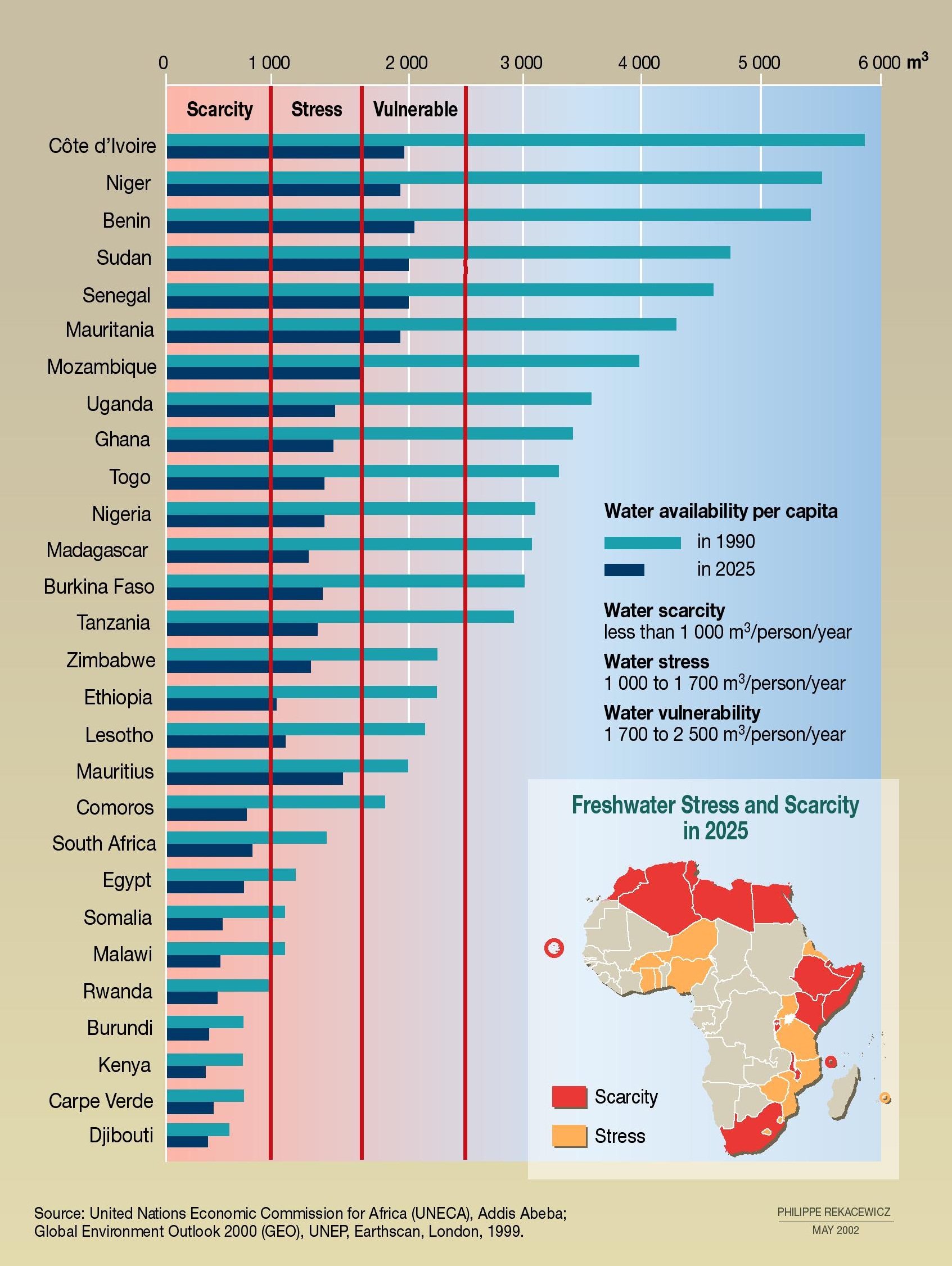The
Stakeholders:
There are three main stakeholders who rely on the Okavango River – Angola, Namibia and
Botswana. Water abstraction from the river are unequal as Angola requires
51.4%, Namibia abstracts 39.1 % and Botswana 9.5% (FAO, 2015).
Angola-
There are 5 main
ethnic groups who live in different parts of the basin: the Umbundo, Ganguela,
Lunda-Tchokwe, Ambó and Xindonga (OKACOM, n/d). Other than the Ambó and
Xindonga groups who are cattle farmers, the other communities practice traditional
farming techniques. In the Ganguela community around 50% of them live in the
basin – the highest proportion compared to the other ethnic groups (OKACOM,
n/d).
Namibia-
Similarly there
are 5 different communities that occupy the river basin from the West to East. The
Kwangali and Mbunza groups make up 50% of the basin population. The other 3
main groups are the Shabyu, Gciriku and Mbukushu (OKACOM, n/d). The Bugakw
group use traditional methods to catch fish, hunt and gather wild plant and the
Xanekwe settlements heavily rely on the river for tier resources (OKACOM, n/d).
Botswana-
There are three
main ethic societies who live near the river (Bahambukushu, Bayeyi and
Batawana) whilst in the delta there are five separate ethnic groups who, like
most of these communities, have their own languages and cultural traditions.
In all three stakeholder
countries the traditional use of the river by different ethnic groups may lead
to conflict especially if climate change and population growth means there is
an increased demand but a reduced supply. Clashes between different communities
over water are not uncommon for example, in Nigeria due to damming upstream in
the Hadejia-Jama’are rivers’ reduced river flow caused tension between local
farmers and nomadic pastoralists as farming became more difficult and so the
grazing by cattle caused more damage than in the past.
The varying uses
of the Okavango by its riparians may also cause conflict as a growing
population may want to use the water for urban supply but nations who have a
strong tourism industry based on the river and delta may need water levels to
remain the same. International stakeholder may also have a vested interest in the river for example tour-operators who
plan recreational activities based on the river and even conservation groups
such as WWF who may argue against upstream dams in order to protect the biodiversity
found in the delta.
 |
| Traditional fishing methods along the Okavango (source: National Geographic) |



